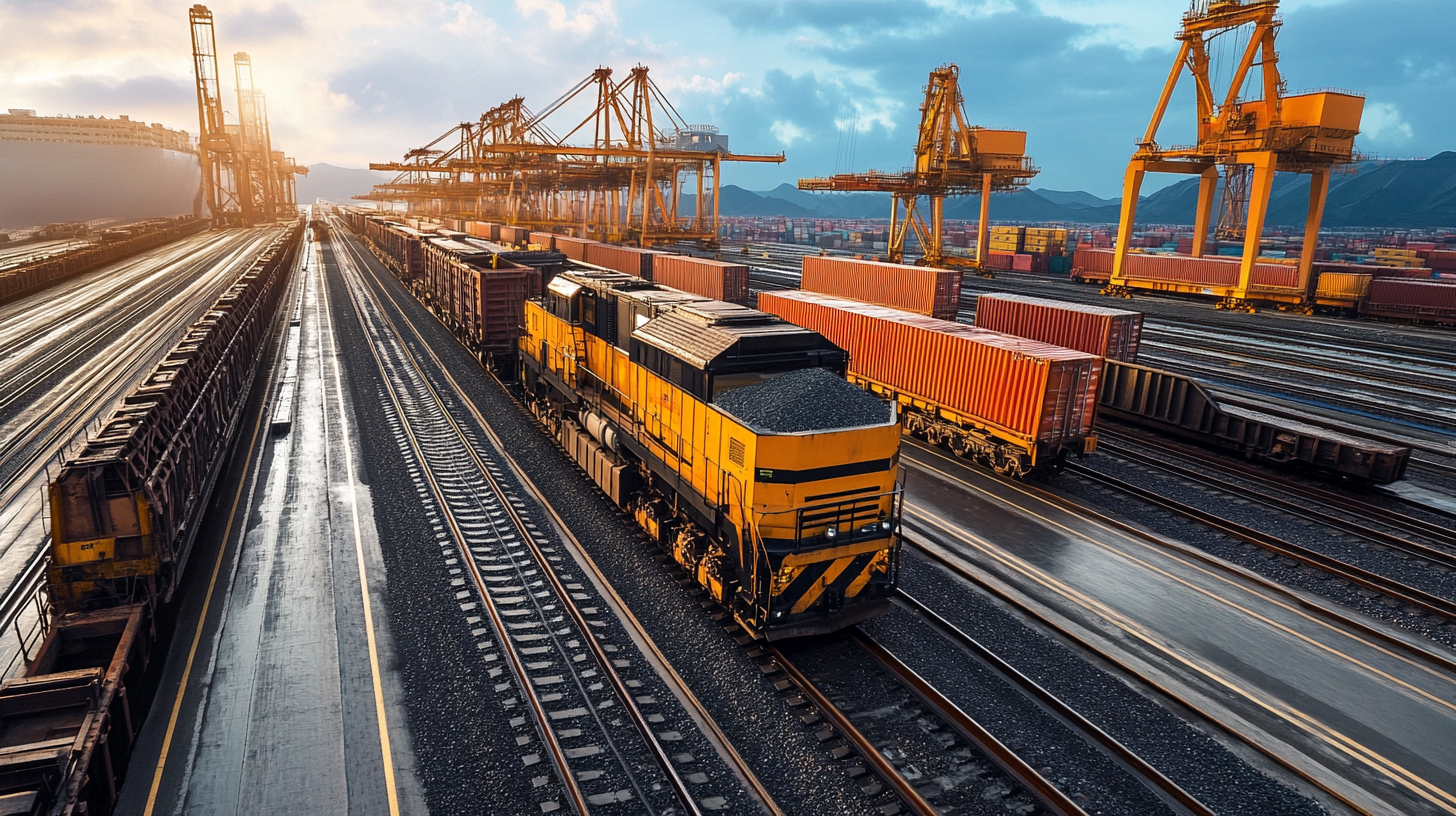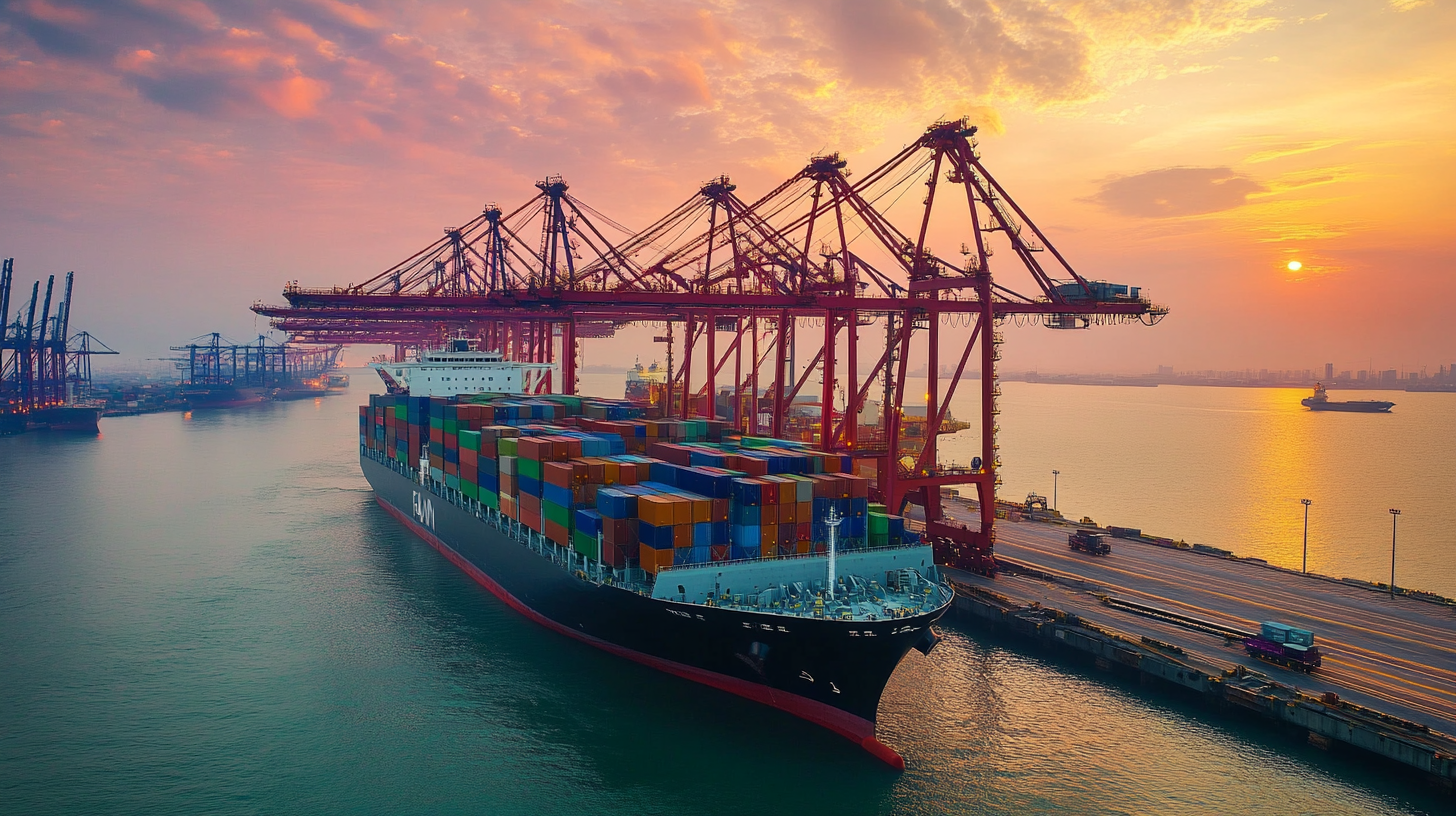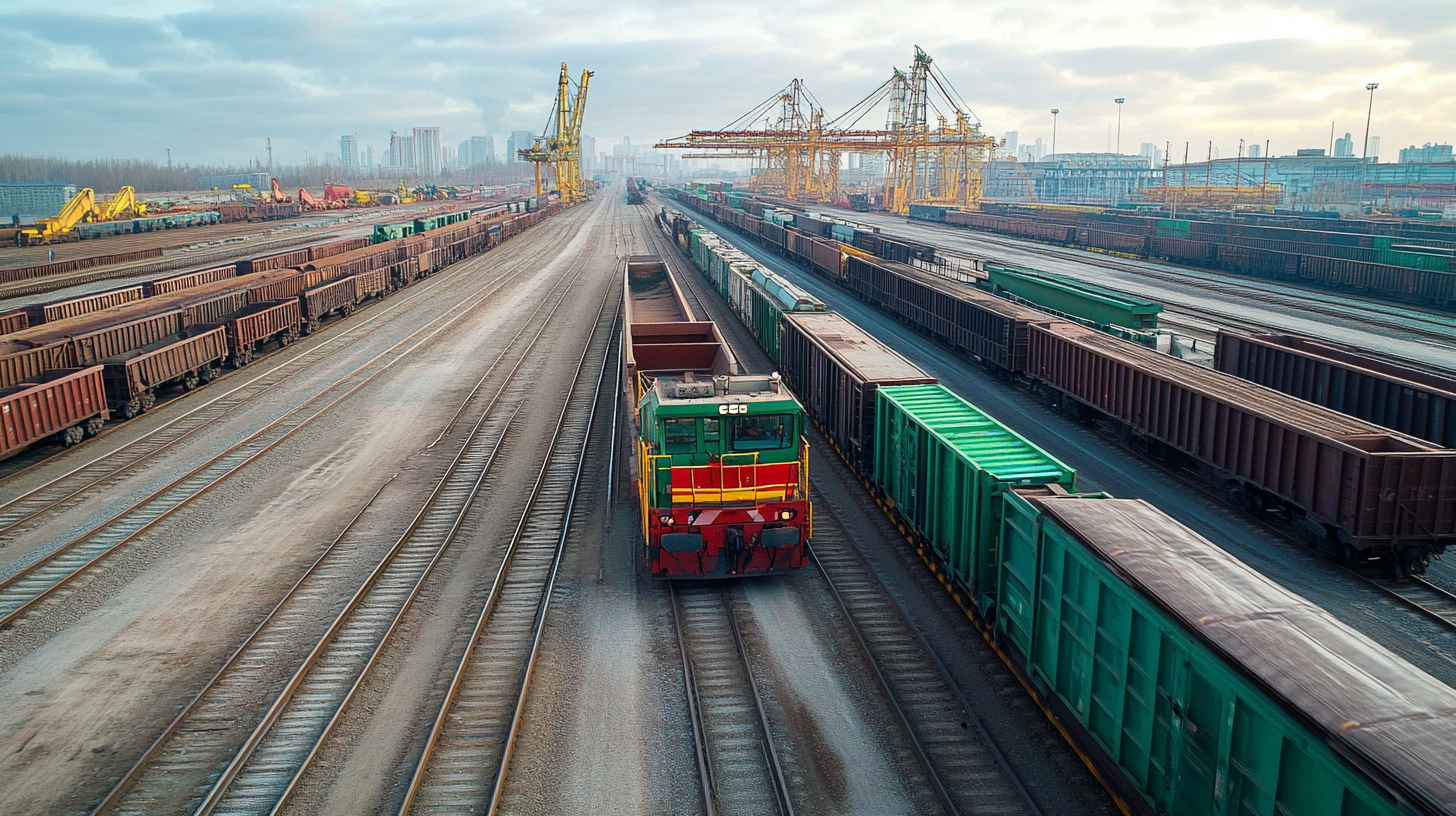In the mining industry, the efficiency and safety of hauling operations are critical components that directly influence productivity and profitability. According to a report by the World Mining Congress, hauling accounts for approximately 50% of the operational costs in mining operations. This substantial impact underscores the importance of adhering to proper export standards that govern this essential process. The integration of regulatory frameworks and industry best practices can lead to enhanced safety measures, reduced environmental impacts, and increased operational efficiency, ultimately fostering sustainable mining practices.
Moreover, as global demand for mined materials escalates, driven by sectors like construction and renewable energy, the need for robust standards in hauling operations becomes even more pressing. A study by the International Council on Mining and Metals (ICMM) highlights that improper handling and transportation of mining materials can lead to significant financial losses and environmental hazards. Therefore, understanding and implementing export standards in hauling in mining is not just a regulatory necessity but also a strategic imperative for organizations aiming to remain competitive and responsible in a rapidly evolving industry landscape.

In the realm of mining, the significance of export standards in hauling operations cannot be overstated. As the industry transitions towards innovation, the establishment of robust export standards becomes essential in ensuring that operations are both efficient and sustainable. Recent reports, such as those from "Mine 2024: Preparing for Impact," highlight how the mining sector is not only contributing to global supply chains but also redefining its economic impact by leveraging resources in strategic and environmentally conscious ways. According to the latest insights, adherence to export standards is critical to address market demands while ensuring safety and sustainability. The mining sector, particularly in regions like Chile, has demonstrated potential for exporting renewable energy, as discussed in the report "The Chilean Potential for Exporting Renewable Energy." This document illustrates that by upholding stringent export standards, mining operations can play a pivotal role in driving a renewable energy agenda globally. Moreover, Australia’s thriving mining industry further exemplifies the importance of these standards. With the ongoing terms of trade boom, Australian miners are harnessing their resources effectively while complying with international export benchmarks. These standards not only help maintain product quality but also enhance the overall reputation of the country’s mining operations, fostering trust among global partners in an increasingly competitive market.

In the mining industry, adherence to export standards is foundational for optimizing hauling operations. Key regulations not only ensure compliance with safety and environmental guidelines, but they also significantly influence the efficiency of hauling processes. According to a recent report by the International Council on Mining and Metals (ICMM), implementing proper regulatory frameworks can enhance productivity by up to 20%, illustrating the direct relationship between compliance and operational performance.
One critical area of impact is the management of Hazardous Materials (Hazmat). The Occupational Safety and Health Administration (OSHA) mandates strict protocols for the transportation of hazardous materials, which if not followed, can lead to severe penalties. In a study by the Mining Safety and Health Administration (MSHA), non-compliance with Hazmat regulations was linked to increased incident rates and operational downtime, underscoring the cost implications of neglecting export standards.
Furthermore, adherence to international trade regulations can improve market access and competitiveness. The World Bank indicates that mining operations that conform to export standards can reduce time delays by 15-30% during the hauling phase, allowing for more predictable scheduling and reduced operational costs. As exporters navigate complex international regulations, the need for robust compliance strategies becomes even more critical to enhance hauling efficiency and maintain a competitive edge.

In the context of mining transport logistics, the assessment of safety standards plays a crucial role in ensuring safe and efficient operations. Mining transport often involves the movement of not only heavy machinery and equipment but also potentially hazardous materials, including radioactive substances. Regulations surrounding the transport of such materials aim to safeguard individuals and the environment from radiation exposure. According to recent studies, ensuring compliance with road safety standards significantly impacts the overall performance of supply chains, especially in the mining sector, where risks are inherently higher.
An analysis of the transport and logistics sector in various regions indicates that countries are increasingly prioritizing the establishment and enforcement of stringent safety standards. For instance, in West Africa, the transport and logistics market is expanding rapidly, necessitating a focus on compliance with international safety norms. The implementation of effective safety measures can significantly mitigate risks associated with the transport of hazardous materials. Furthermore, the integration of advanced technologies and stakeholder collaboration within transport infrastructure is vital for enhancing environmental performance and safety in mining operations.
Moreover, the growing emphasis on sustainable practices within the mining sector highlights the need for robust logistics frameworks that prioritize safety. As we consider the future of mining transport, particularly with emerging technologies like self-driving trucks, the establishment of clear regulations and safety standards will be imperative. This will not only improve operational efficiency but also fortify public trust in mining operations by demonstrating a commitment to environmental and human safety.

Adhering to export standards in mining hauling operations is essential for maximizing economic benefits. As global markets tighten, the demand for high-quality, compliant materials grows. By ensuring that shipments meet international standards, mining companies can avoid costly penalties and disruptions, ultimately leading to more profitable business practices.
Investing in export standards not only helps mitigate risks but also enhances a company’s reputation in the international marketplace. Clients and partners favor suppliers who consistently meet quality requirements, which can open doors to new contracts and expansive market opportunities. Furthermore, compliant operations promote efficiency and reduce waste, translating directly into cost savings that positively impact the bottom line.
Additionally, understanding the intricacies of export standards enables mining operations to streamline their logistics. Effective handling and transportation methods not only adhere to regulations but also optimize the supply chain. Companies that prioritize these standards tend to enjoy a competitive edge, as they can deliver products faster and with fewer delays—an increasingly critical factor in today’s fast-paced economic environment.
The implementation of export standards in mining operations is crucial to ensure compliance, safety, and efficiency in hauling operations. One notable case study is the partnership between a leading mining company and an international compliance body. By adopting standardized processes for the transportation of minerals, they not only improved their operational efficiency but also reduced their environmental footprint. This collaboration led to the development of a comprehensive training program for their workforce, emphasizing the importance of adhering to export standards. As a result, the company saw a marked decrease in accidents and operational disruptions, fostering a culture of safety and accountability.
Another compelling example can be seen in a junior mining firm that faced significant challenges in meeting international export requirements. By integrating export standards into their hauling processes, they transformed their logistics framework. This strategic shift included investing in upgraded equipment and technology that aligned with global best practices. Consequently, the firm experienced enhanced reliability in its shipping schedules and significantly improved customer satisfaction. This case underscores the vital role that export standards play in not just compliance, but also in strengthening the competitive position of mining operations in the global marketplace.
These case studies illustrate that adhering to export standards is not merely a regulatory obligation; it is a fundamental aspect that drives operational excellence in mining. By prioritizing these standards, companies can achieve significant operational improvements and maintain a strong reputation in the international arena.